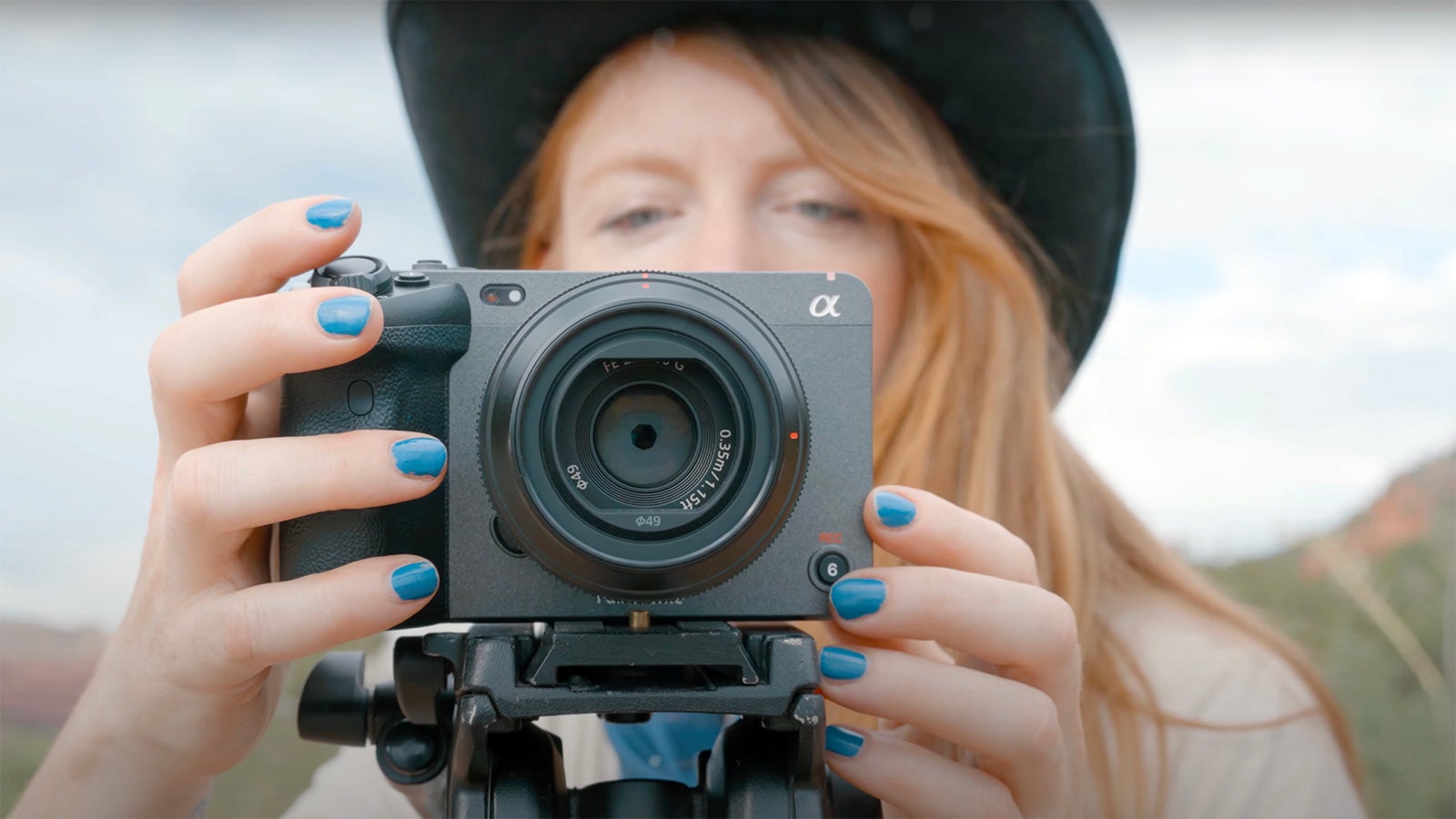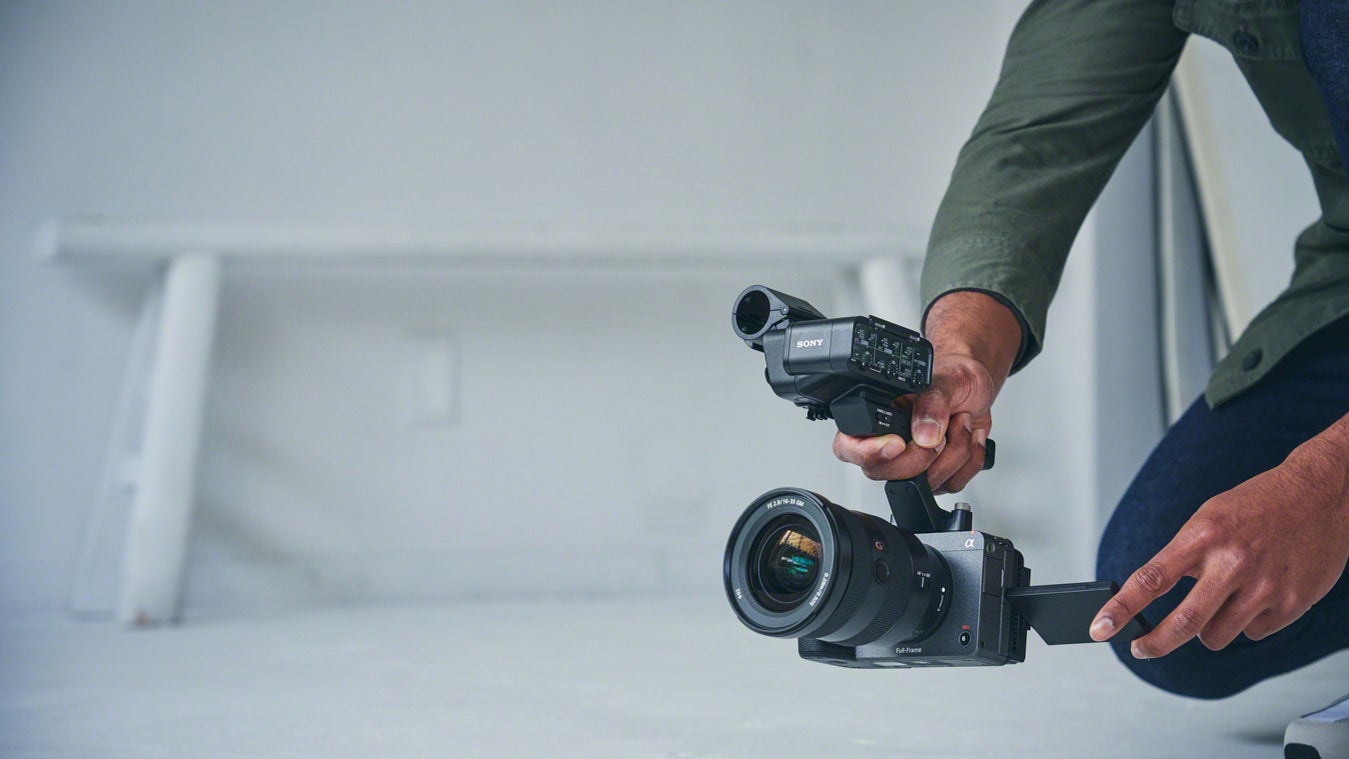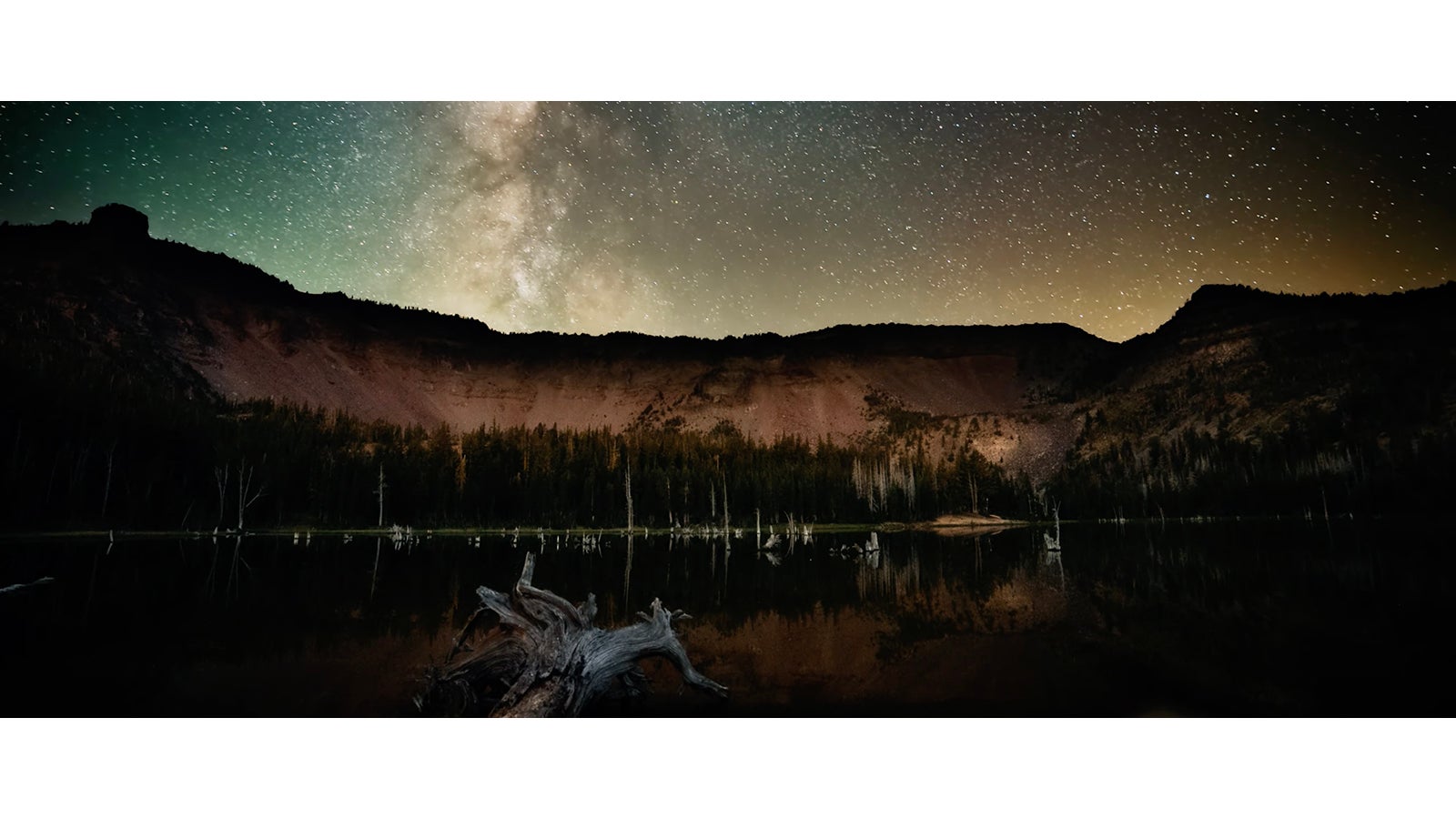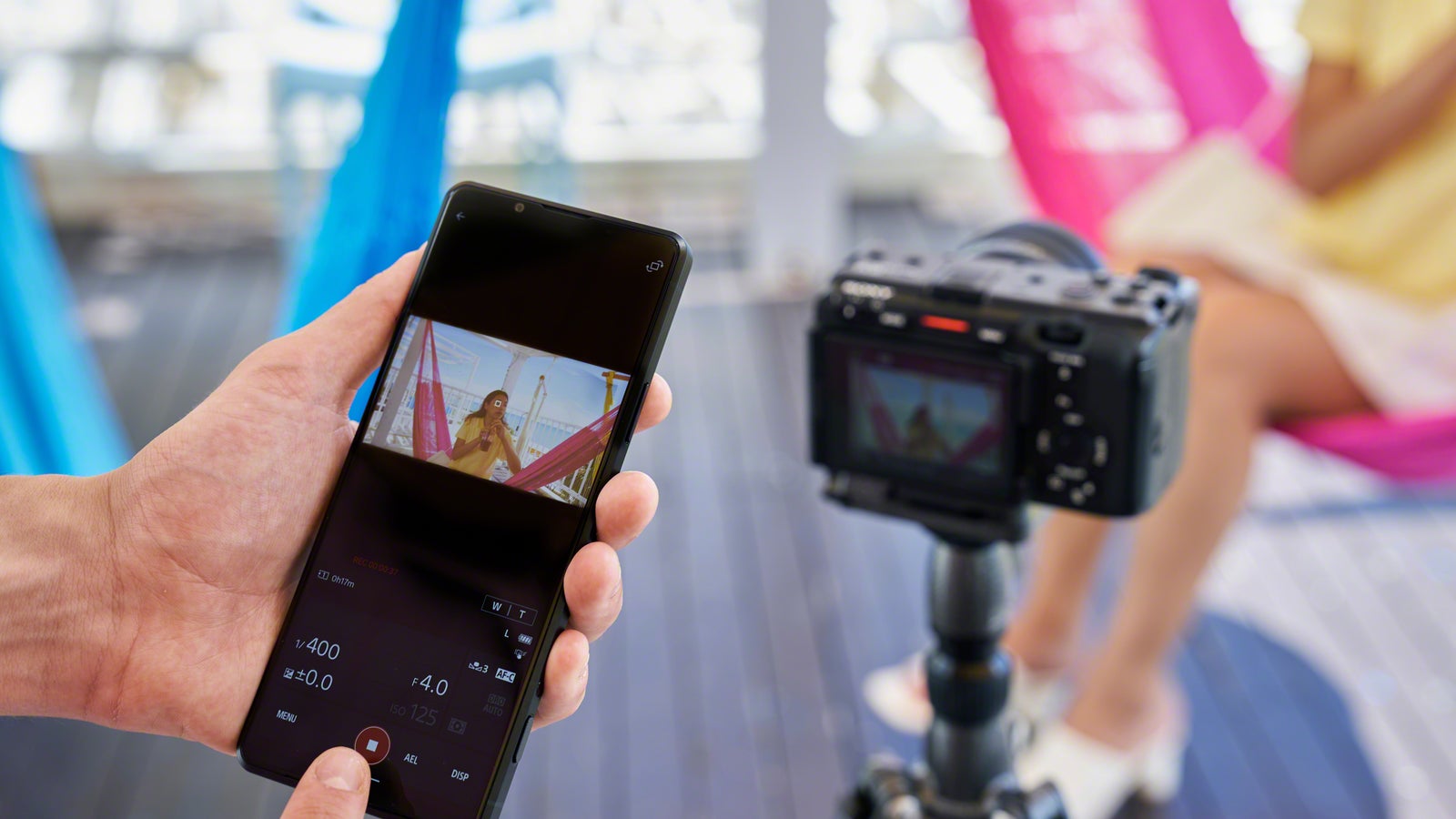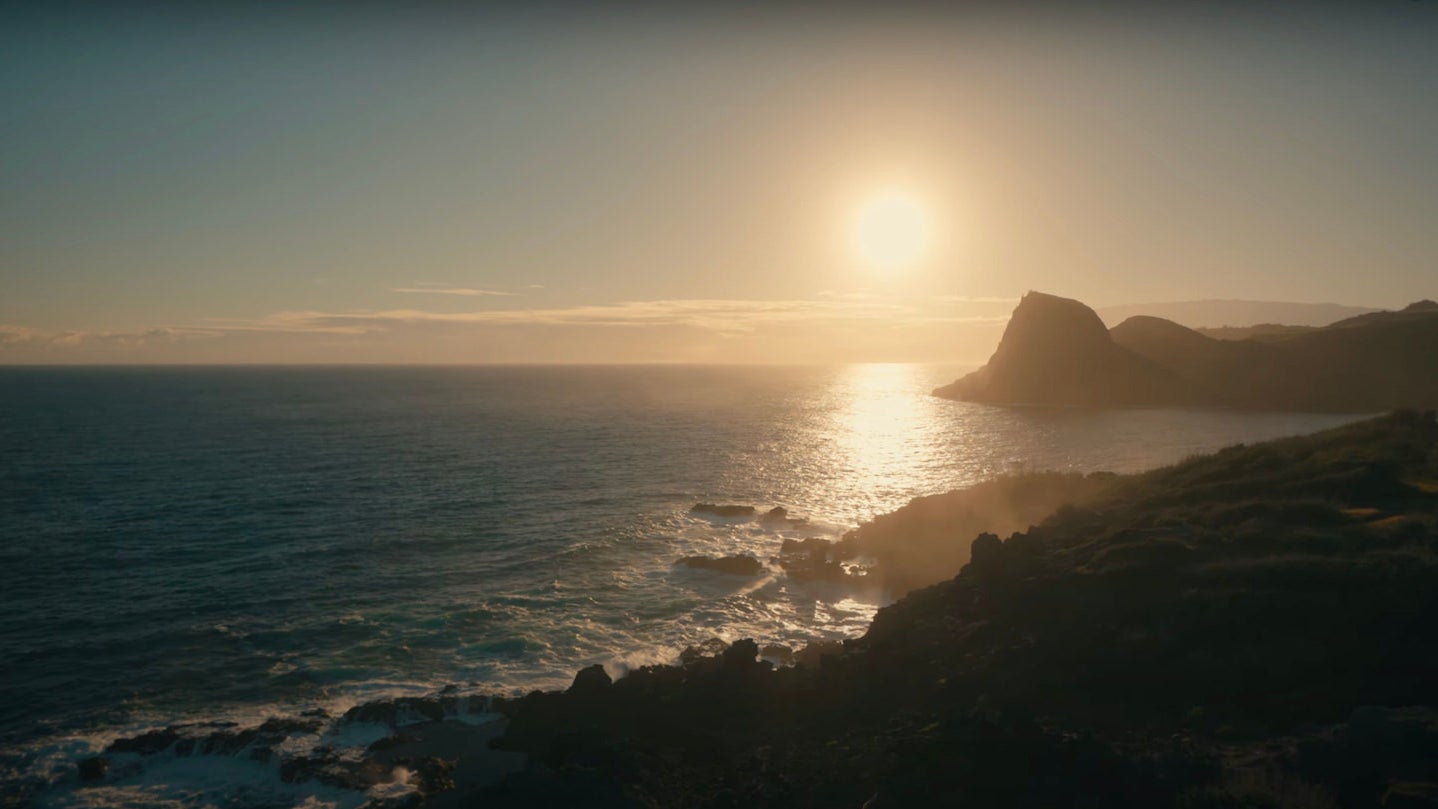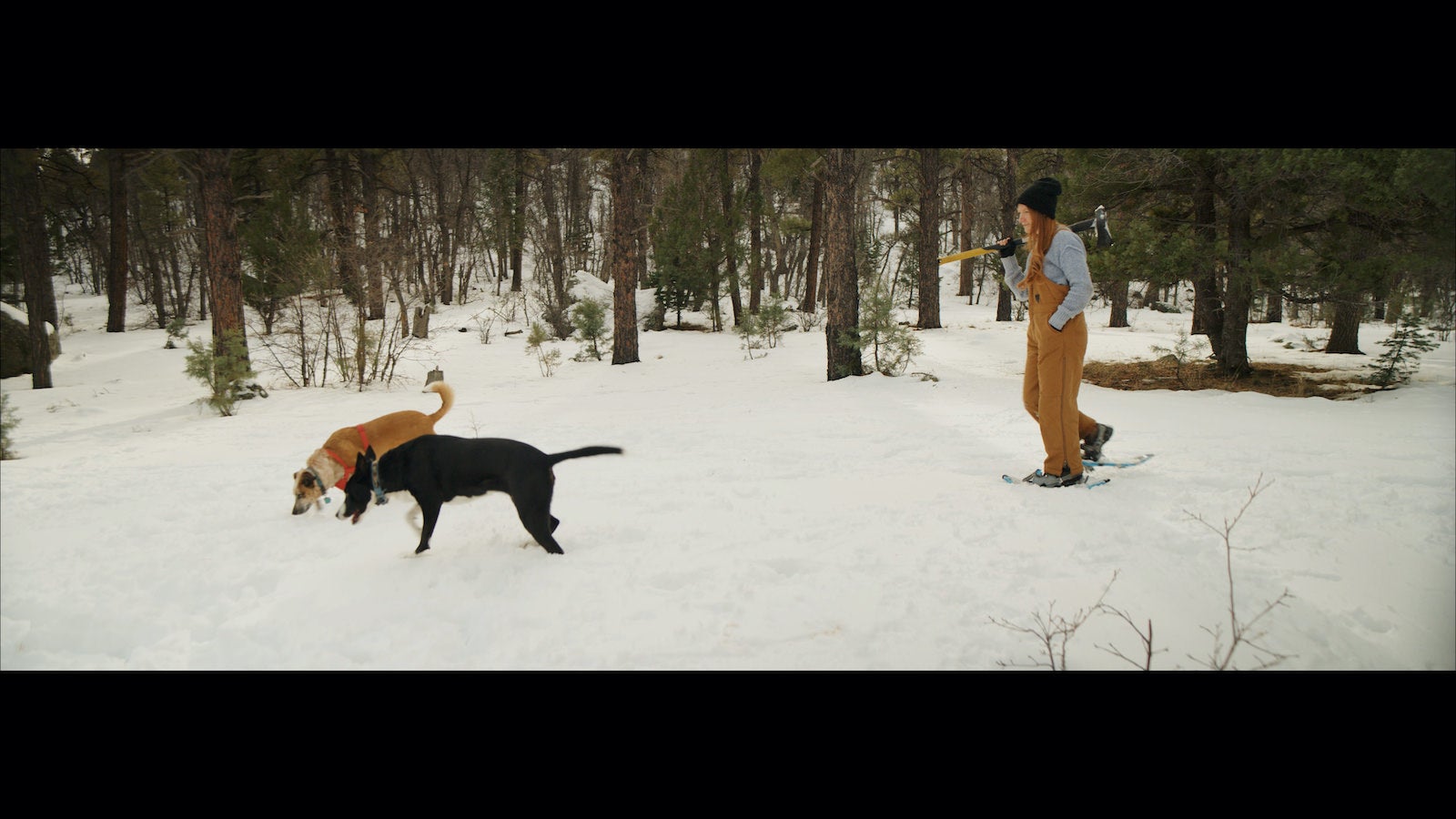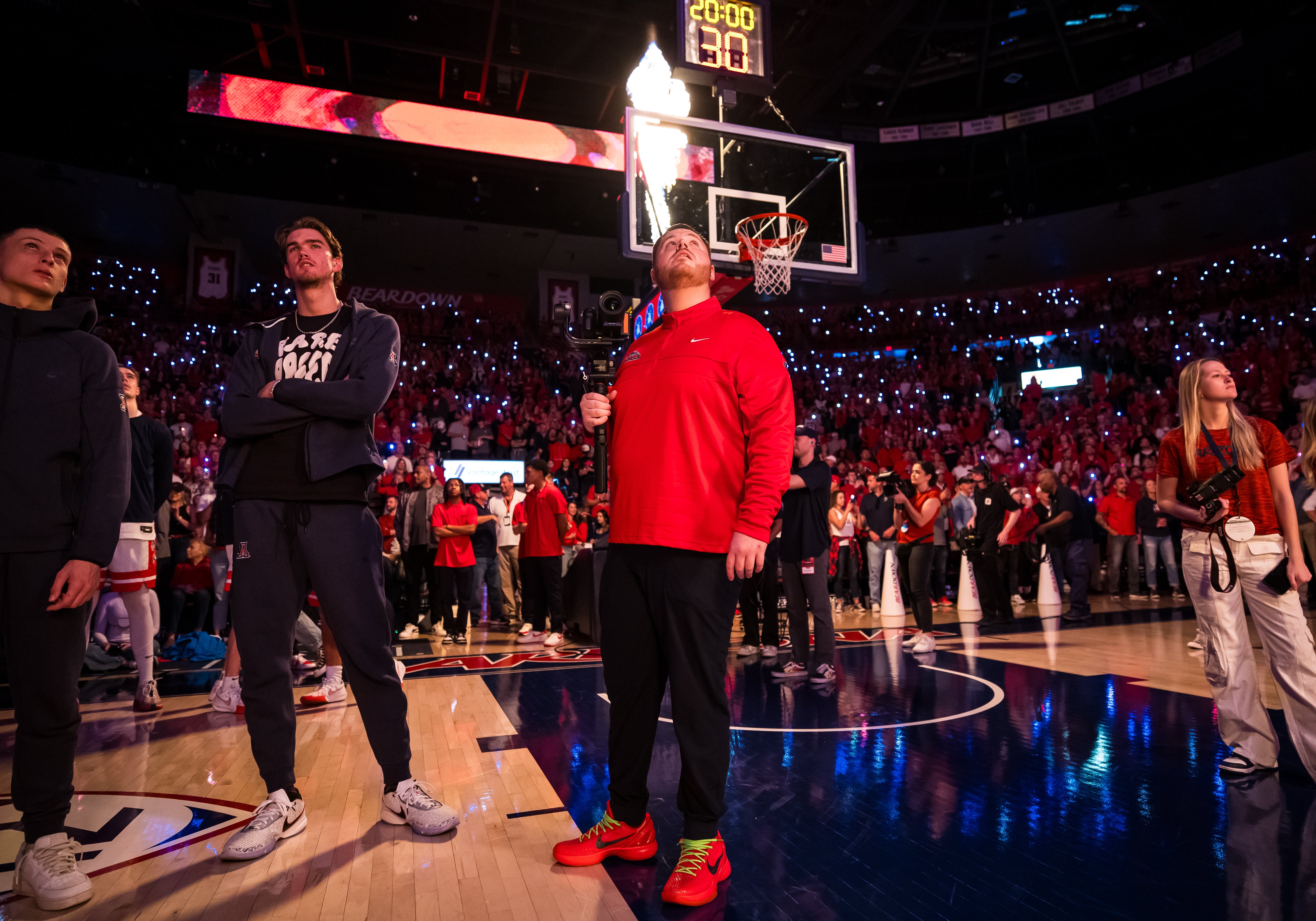
10-03-2024 - Case Study
How Creative Director Chris Richards Leverages the FX3 and FX30 to Immortalize the U of A Men’s Basketball Team
By: Yaroslav Altunin
Not all stories are narrative fiction. Beyond cinema, creatives explore the worlds of documentary film, journalism, and sports. As capture technology grows, filmmakers can leverage cinema tools to bring these stories to life.
And sports are what Chris Richards, Creative Director for the Men's Basketball team at the University of Arizona, has chosen to explore. A sports lover from an early age, Richards spent time honing his skills on the Obama presidential campaign and with USA Basketball before finding his way to U of A.
To capture the stories that happen on and off the court, Richards relies on Sony tools, utilizing the Sony FX3, a pair of FX30s, and a series of Sony Alpha cameras to support his players and give sports fans a glimpse into the world of college basketball.
I sat with Richards to discuss his work and examine his storytelling process. What he shared with me went beyond the gear he uses and focused on a plan that captures the past and future of U of A Men's Basketball.
From Politics to Courtside
As Creative Director of the U of A Men's Basketball team, Richards maintains and expands the brand of Arizona Men's Basketball. This work encompasses social media, recruitment video content, podcasts, talk shows, and helping players who are working with brands.
For social media-focused content, Richards’ style was established by his experience working with political campaigns, where he was introduced to what he calls "snackable content.”
Instagram Video: Example of What Richards Refers to as U of A Men's Basketball Snackable Content
“I started out in the field with Organizing for America, which was the Obama re-election campaign in 2012,” Richards said. “Worked on a few other campaigns after, and ultimately became the digital director for the North Carolina Coordinated Campaign (Forward NC) and focused primarily on the Kay Hagan Senate Campaign in 2014.”
The need for quick content that would be able to catch your eye in a sea of political messaging was critical. The material needed to be short and sweet, but also carry a message to have a lasting impact on the viewer.
"This was early in Instagram and Twitter, but we called it snackable content," Richards explained. "That stuff you can scroll through late at night, something that catches their eye, they watch it for thirty seconds, and then they move on. Now, we call that Reels and TikTok.”
“(Back then) our motto was don't be lame,” Richards added. “And I lived by that…in all the stuff that we do and try and create.”
“When you’re going to make something, is it going to be cool or is it going to suck?"
While Richards could use smartphones to capture social media content, his choice to rely on the FX3 and FX30 is about longevity as much as being able to capture content without worrying about mistakes. In the fast-paced world of sports, there are no second takes.
"I can see that what I'm filming is what I'm going to get," Richards said. "Nowadays, with S-Cinetone and S-log, you can fix a lot of the mistakes you used to make, which is kind of the big thing for me."
"The reason we go with S-Cinetone is, I like the look right out of the camera, and I just have to make a few tweaks," Richards shared. "We white balance the cameras, we know the look, and I don't need to bring up the highlights a lot because all these arenas are super well-lit."
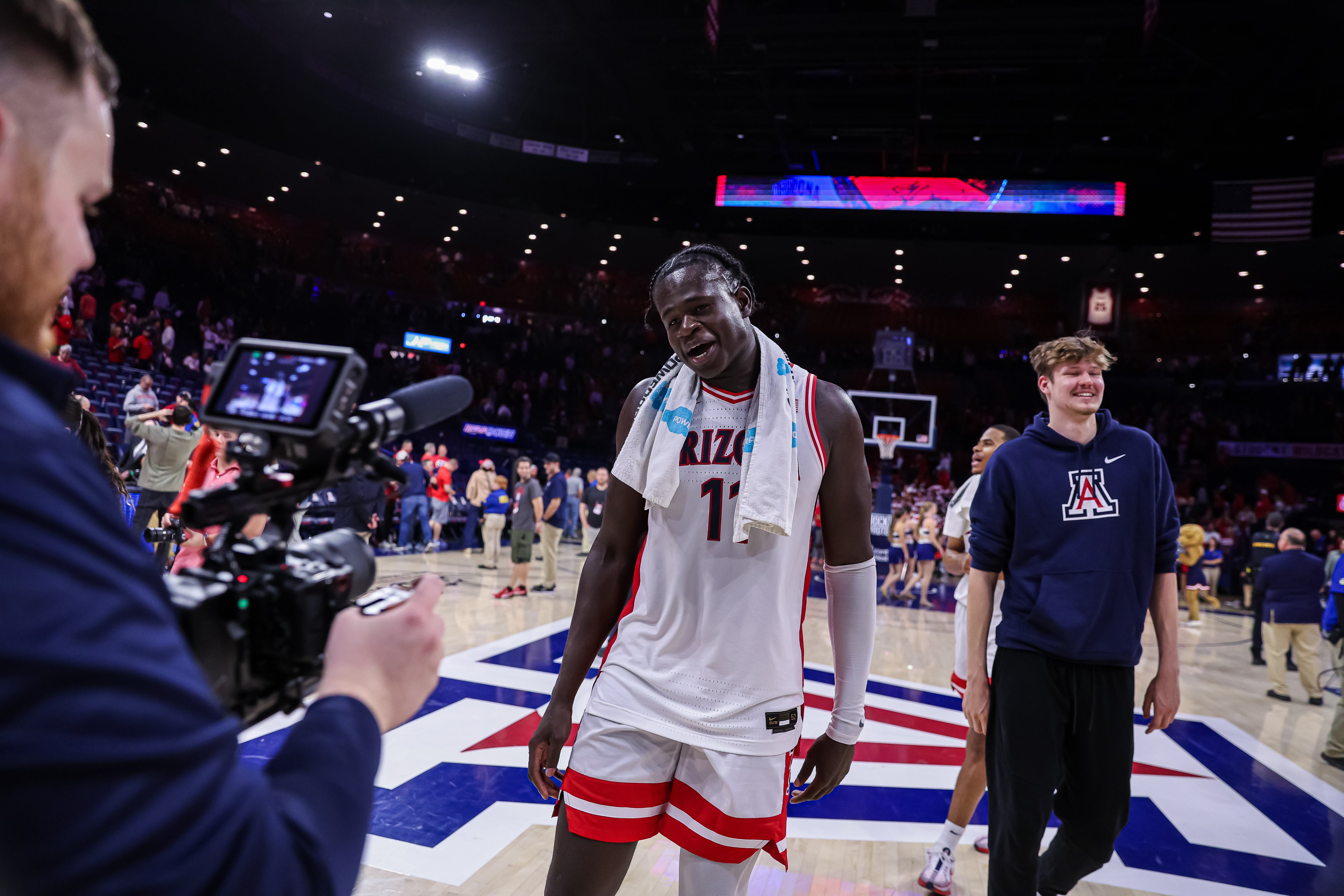
While the lights shine bright during a game, they dim during player introductions. Having the 12800 ISO on the FX3 for these moments helps capture critical moments. For Richards and his team, it's not all about the game; it's also about making sure the players get a chance to shine.
But when creating snackable content, the focus isn’t just on making it short and exciting, it also needs to move quickly from capture to delivery. With the FX3 as his main camera, Richards has developed a quick turnaround to get these moments from courtside to sports fans during breaks in the game.
"I do dual cards (in the FX3), and they both record," Richards explained. "The top card always stays in the camera, but I'll take the bottom card out, I'll pull up the clip on my iPad during a time out, and then I'll post to social media almost in real-time."
"If I don't get the second card back in for whatever reason, I know I'm going to have the full game on (the top) card."
Capturing such a wide range of content, such as games, events, a podcast, and a YouTube show, requires equipment that is lightweight and versatile but can also cross the boundaries between video, cinema, and photography. While the Sony FX3 and FX30s are used for most of their capture, Richards and his team also rely on an assortment of Alpha series cameras for support and additional footage.
By keeping their equipment footprint small, operators and content creators can move from capturing layups during a game to seamlessly filming their YouTube series with head coach Tommy Lloyd called Mildcats to Wild Cats.
"For us, it's always about being compact, but also getting the most bang for our buck, which is why I've gone with the FX line," Richards said. "I love the mobility. I can just throw it in my hand or throw it in my book bag."
"My thing is always trying to focus on the quality," Richards explained. "I want to take those little social media videos we would do on a cell phone and use the F30 or the FX3 to get better quality."
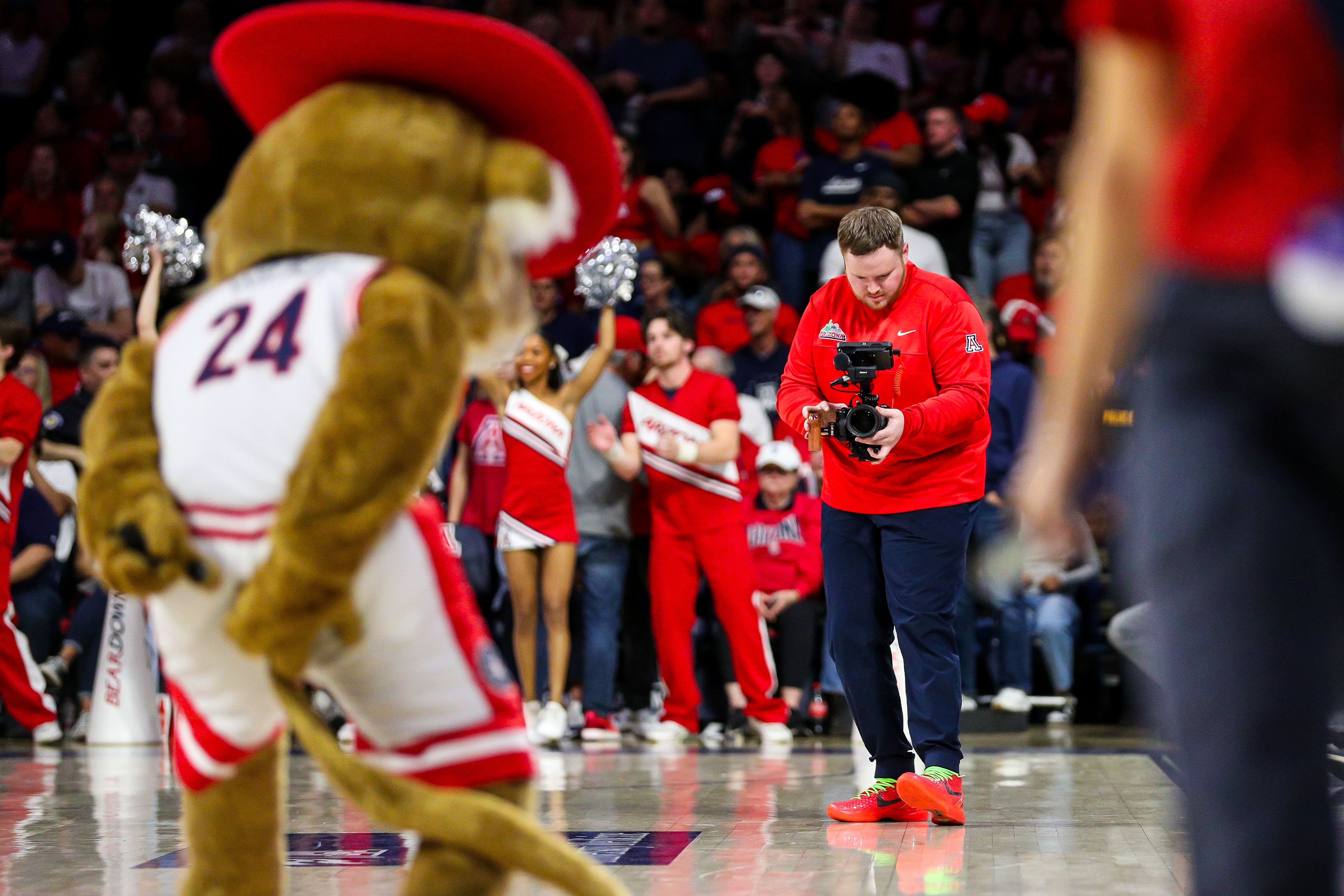
Having these tools at their disposal has also opened up more opportunities for sharing once-in-a-lifetime moments efficiently. If something exciting happens during a game and several cameras capture it, it's not always economical to find all those clips in post if you don't have the tools to organize them. With the updates to the Sony FX30 and Alpha series of cameras, Richards plans to evolve his workflow.
"We got some timecode devices. So now, with the new updates with the FX30 and the A7SIII, I can put a timecode device on all my cameras," Richards explained. "So, if I'm filming and there's a dunk and I get it with my FX3, if my guy up in the stands has it, they're all synced up because of those timecode devices now."
"And I'm also going to stick one on the radio guy with an audio recorder. Everything will line up with the radio call. So you don't have to sit there and sift through seven people's footage and also go find the radio call at the same time."
The cinematic look of Sony’s cameras has evolved the content Richards can create, elevating the Arizona Basketball brand and supporting the players. With the introduction of NIL (Name, Image, and Likeness) rules, players can now benefit from sponsorships.
"For us, this is strictly a creative, cinematic look that we'll use for social media purposes and marketing commercials, and our guys will use it for their personal brands."
But the work isn't always about the present. The University of Arizona has an expansive archive of footage from the past, which Richards plans to use, and as he works on elevating the present, his eye is firmly planted on the future.
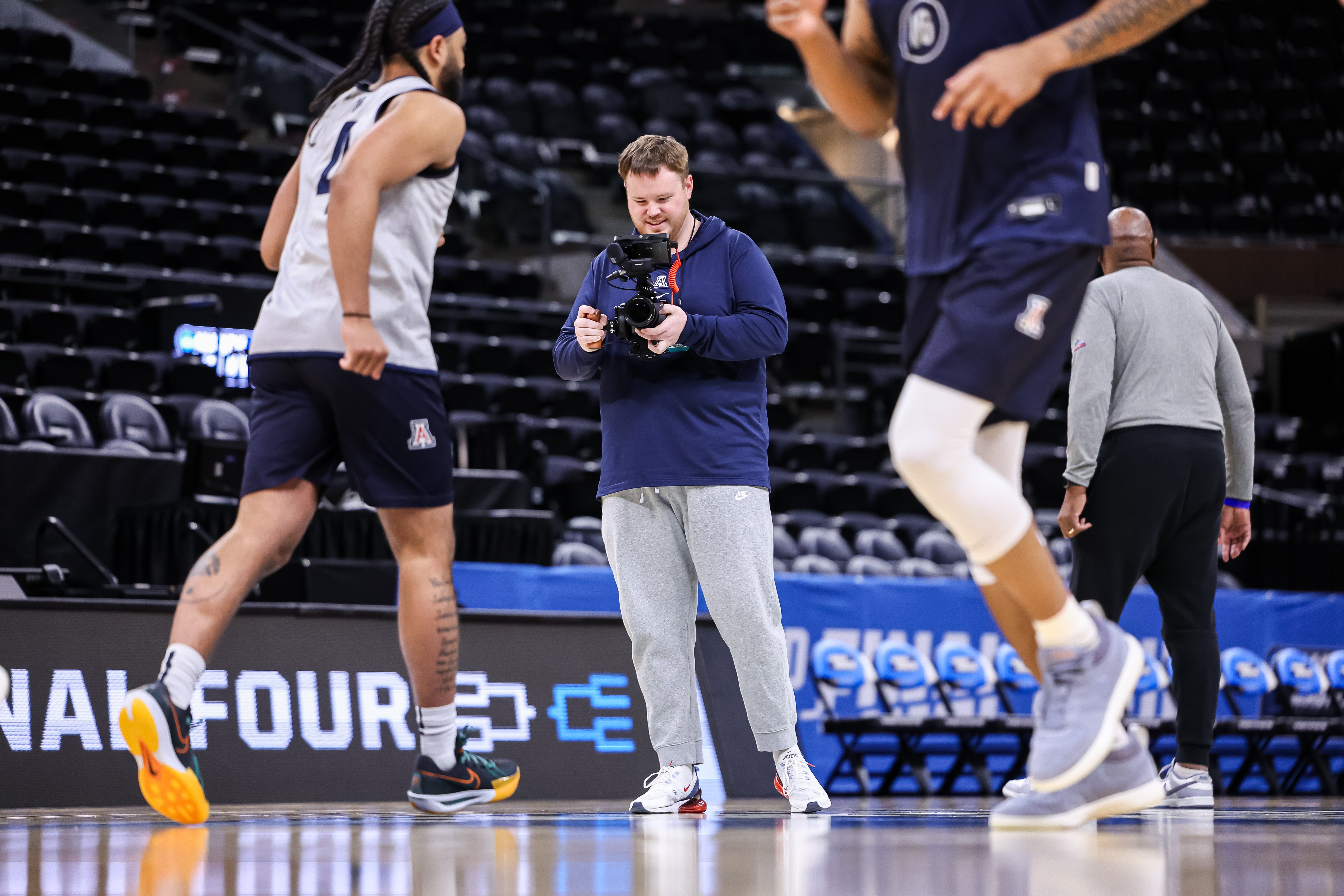
A Future of Possibilities
While the content is delivered in 1080p and sometimes even in 720p, the creative team captures anything they can in the full 4K resolution that his FX cameras offer. Even though this puts a strain on the U of A archives, Richards has a dream for all this high-resolution footage.
"The dream is, we go on a crazy run and go to a Final Four on a national championship, and ten years down the line, someone says, 'Hey, let's make a documentary. Let's make a 30 for 30.'"
The material is all tagged and logged within an NLE so that it can be found years later. Richards is also doing this for material shot decades ago. As he directs the brand forward, he organizes the footage of the past and present to honor the players on the court and the University of Arizona Men's Basketball program.
"We're trying to plan for future endeavors," Richards explained. "I want all the content we shoot to live for a long time and help our program and help our guys with their brands and to capture the quote that I had when I was in high school…”
“If pictures are worth 1000 words then how much is video worth?”
